Çözümler
Horse Construction, teknik destekler, dokümantasyon destekleri, ürün destekleri, yazılım destekleri, proje destekleri ile tam bir yapısal güçlendirme malzemesi yelpazesi sunar.
After the steel plate is bonded, a 25 mm thick epoxy mortar protective layer is applied on the surface of the beam. For the slab with a width of more than 0.2 mm and the crack-dense area, the cracks on the top of the slab are chiseled out in Fig. 2, showing C.
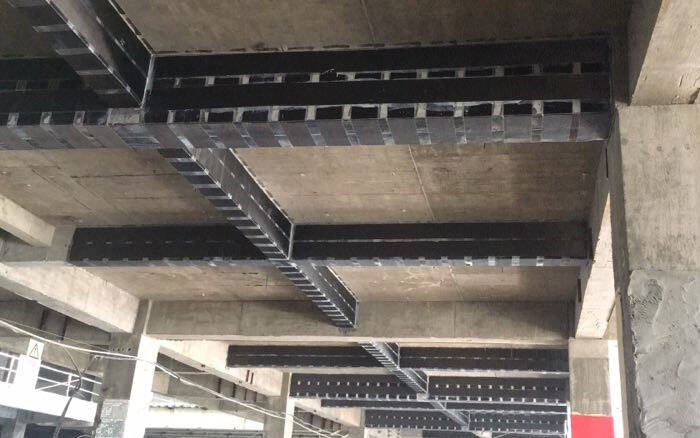
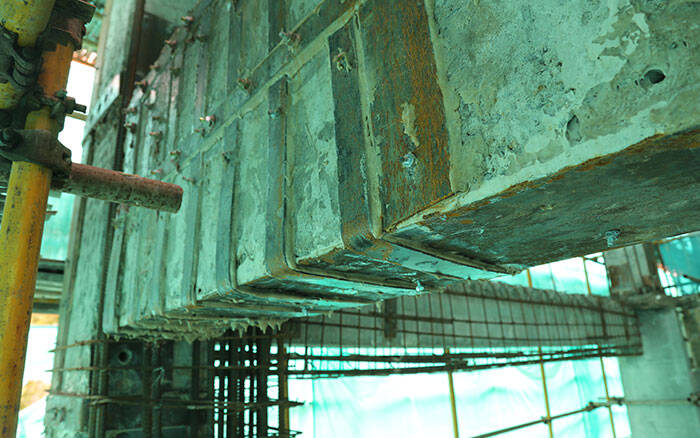
A seven storey building has a basement, with a frame structure and a small foundation. The reinforced concrete side wall beam slab reinforced concrete roof is used in the basement. According to the requirements of urban planning, the first floor of the building is used as a small car parking lot, and the roof of the 3rd beam crack schematic drawing room in the underground is used as a parking lot. The design live load standard value is 4000 cause analysis N/m2. The project was completed and put into operation in August 1995. In November of the same year, a large truck unlawfully drove into the parking lot and moved along an unknown route, resulting in serious cracking of the basement roof due to over-shearing composite action, multiple leakage, affecting the structural reliability and normal use of the basement. Reinforcement and repair measures must be taken.

Serious cracks caused by overloading of beam and slab have shown that local reinforcement yields, which greatly weakens the shear and bending capacity of beam and slab. Parking lot is semi-open environment, such as rain and oil immersion cracks will accelerate steel corrosion, reduce the durability of the structure. Therefore, the beam and slab should be reinforced and closed.
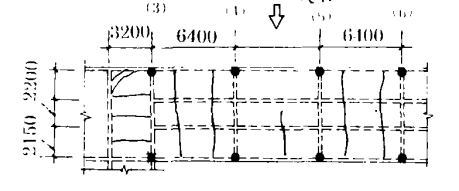
In order to improve the negative bending moment resistance of the secondary beam, 16 mm reinforcing bars are added to the secondary beam.
In the lower part of the beam plate, for the secondary beam, the whitewash layer is cut off, and the vertical shear steel plate is pasted on both sides of the secondary beam within 1800 mm from the support. The steel plate size is 3 x 30 x 400 mm, and the distance is 250 mm material A3 steel, which is the same as the original section stirrups. After the steel plate is bonded, a 25 mm thick epoxy mortar protective layer is applied on the surface of the beam. For the slab with a width of more than 0.2 mm and the crack-dense area, the cracks on the top of the slab are chiseled out in Fig. 2, showing C. Secondary beam cracks are shown in Fig. 3, and the maximum width of the crack is 0.47 mm. No cracks and leakage are found through the eastward joint.
Burada ihtiyacınız olan her şeyi bulabilirsiniz. Bu ürünleri denemeye güvenin, sonra büyük bir fark göreceksiniz.
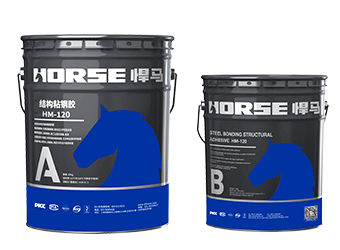
HM-120 yapısal çelik levha bağlayıcı yapıştırıcı, güçlü yapışma özelliğine sahip, oda sıcaklığında kürlenen iki bileşenli epoksi bir üründür. Çelik ve betonun kendi kendine yapışmasında ve karşılıklı yapışmasında mükemmel yaşlanma karşıtı, şok direnci özel
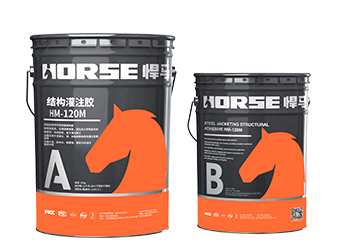
HM-120M Çelik levha kaplama yapıştırıcısı, özellikle yapıştırıcı ile bağlanmış çubuk takviyesini desteklemek için yeni tip modifiye epoksi reçine yapı yapısal perfüzyon yapıştırıcısıdır. Çeşitli alt tabakalar ve metallerle bağlanabilir ve yüksek bağlanma m
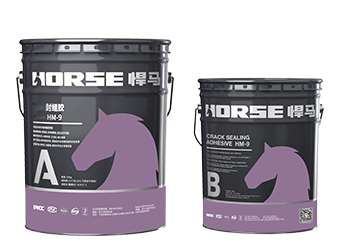
HM-9 çatlak sızdırmazlık yapıştırıcısı, genellikle çatlak sızdırmazlık ve enjeksiyon nozulu sabitleme için dökme çatlak yapıştırıcısıyla birlikte kullanılan iki bileşenli modifiye epoksi reçine yapıştırıcısıdır.